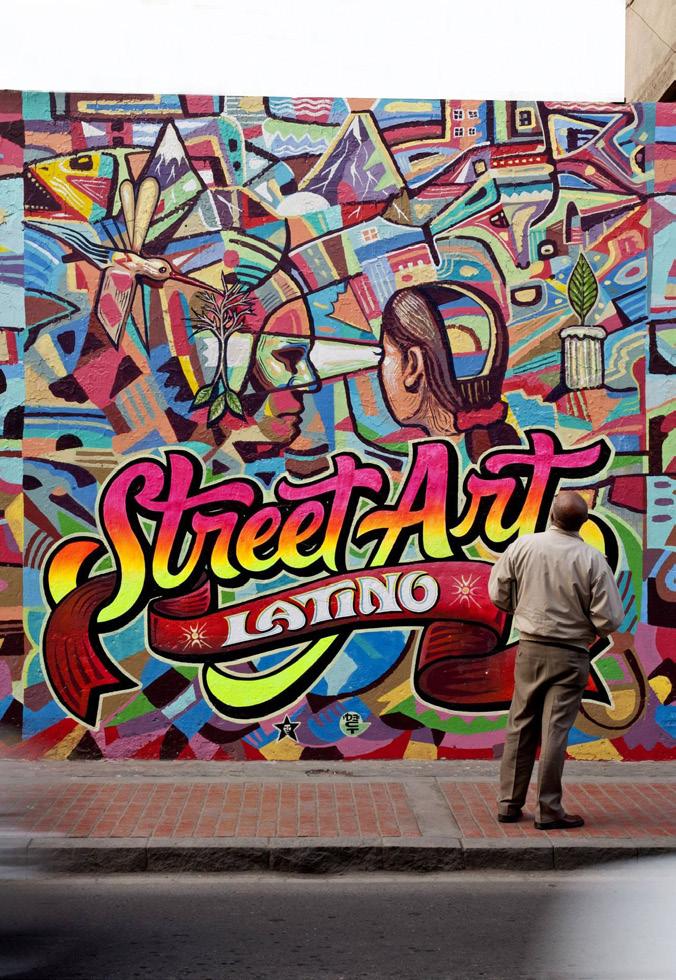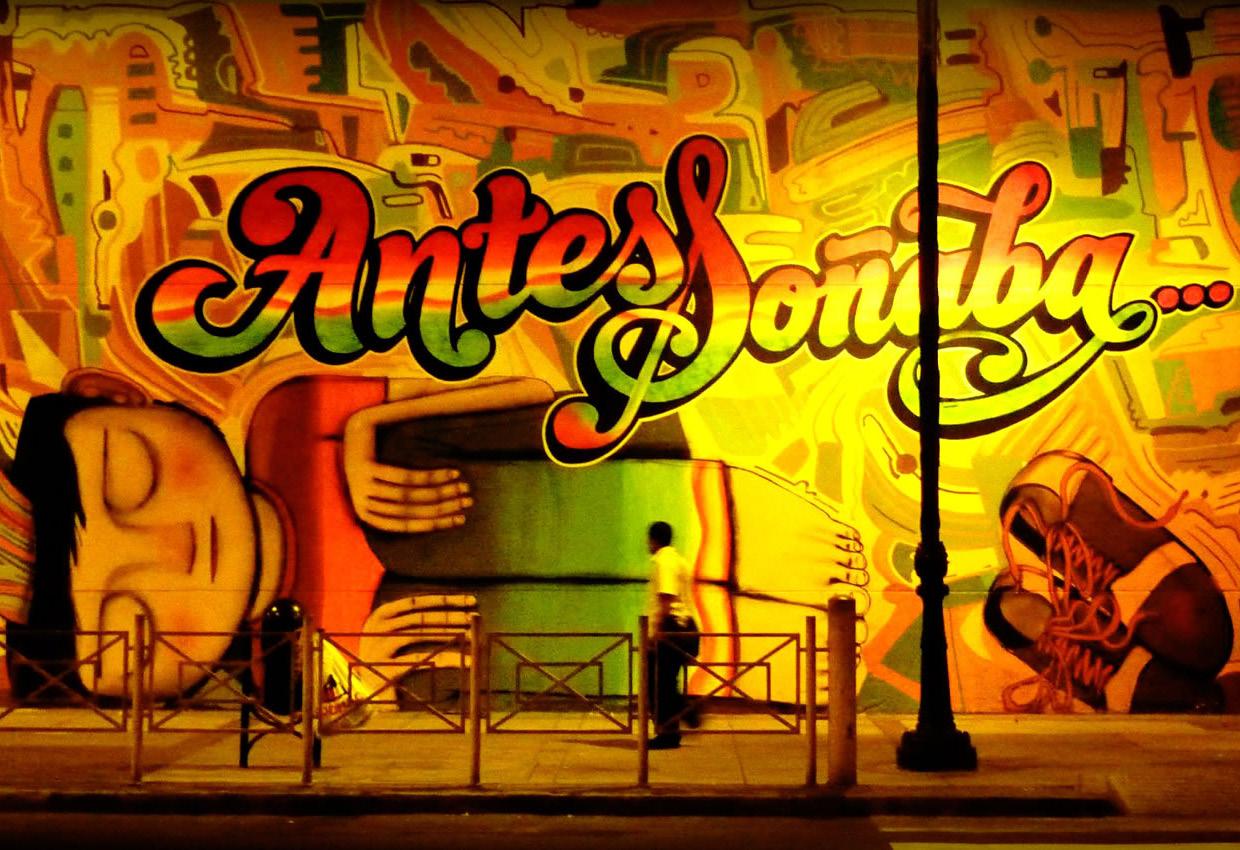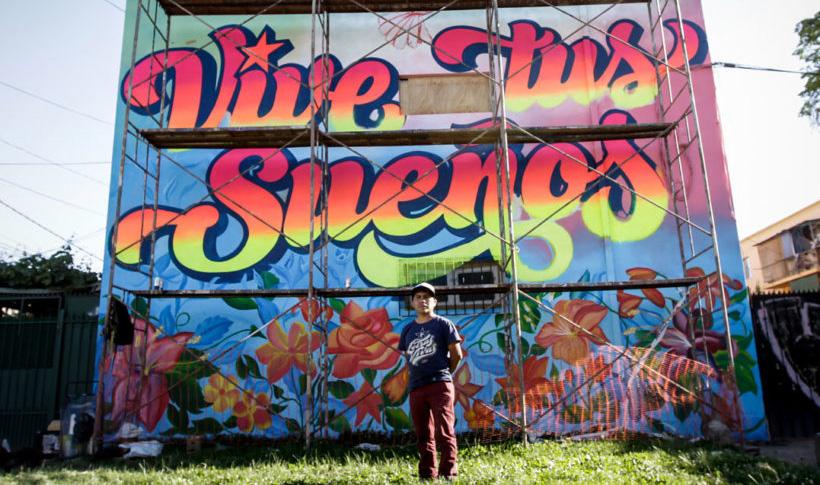
3 minute read
Inspiration and Research
from Chicha booklet
Chicha culture is the collection of every single expression of the peruvian middle class, that has been always discriminated by the goverment and elite class of Peru.
My actual magazine would be inspirated in Chicha culture from Peru. This is a important part of the identity of this country because of its originality and because is the manifestation of a set of situations that corresponds to a society in transformation, from an aristocratic-creole society to a more democratic one, where all cultures cohabit, within a modern social context.
Advertisement
To create the layout of my magazine, I will focus on preserving essential characteristics of the chicha culture, such as: neon colors (magenta, cyan, yellow, green) and the typography used in screenprints. However, the design should not be saturated by the contrast of colors since the type of publication is different from that of a poster. The design has to highlight the graphic elements in the best possible way.

“Cuando Chacalón canta, los cerros bajan”
One of the most representative characters of the Chicha culture is Chacalón (popularly known as the Pharaoh of the cumbia), most of the migrant provincials who arrived in Lima were looking for a new life opportunity.
That is why Chacalón is portrayed multiple times on chicha posters, as a sign of admiration for a popular icon.


Lorenzo Palacios, better known as Chacalón, portrayed in some chicha cartoons.

Over time, this manifestation of chicha has been configured, in a kind of culture that has involved a series of aspects or dimensions. Hence, we can say that Chicha culture has the following dimensions:
1. the aesthetic-cultural: strident colors, combination of meals, mixture of traditions and cultures, etc., which more often than not has been associated with “bad taste” from different cultures.
2. the informal, the mix, pandemonium, etc.
3. The flexibility of norms and values: the unscrupulous, outside the norms, etc. From these socially constructed dimensions, they extend into all dimensions of society: both social, political, economic and cultural. And, of course, as already noted, in certain contexts one of its aspects is relieved. In these last two years it is the political sphere that is on the national scene, this is where we have been able to account for some of the dimensions linked to its negative meaning.
Iconic murals painted by peruvian artists in streets of Lima

Mural by peruvian artist Elliot Tupacto celebrate the pursuit of dreams

We will say that, the chicha culture in Peru, in the absence of an appropriate name, is called the cultural syncretism of the last 50 years in the country. It is a culture that has several dimensions, a weight that the most widespread is linked to the anomic, informal and unscrupulous; However, the other dimensions allude to a culture pattern different from the traditional aristocratic, expresses the mixture of all cultures. In this way we experience it on a daily basis: the combination of meals, the diffusion of strong colors, the vitality of the different cultures nested in the capital, etc. In addition to being an inclusive feature, that is, the significant presence of all cultures, without prejudice to any. Therefore, we will say that the chicha culture is the manifestation of cultural change that has undergone the country since the second half of the twentieth century in Peru, in Lima in particular, making the sea culture more democratic and popular.


